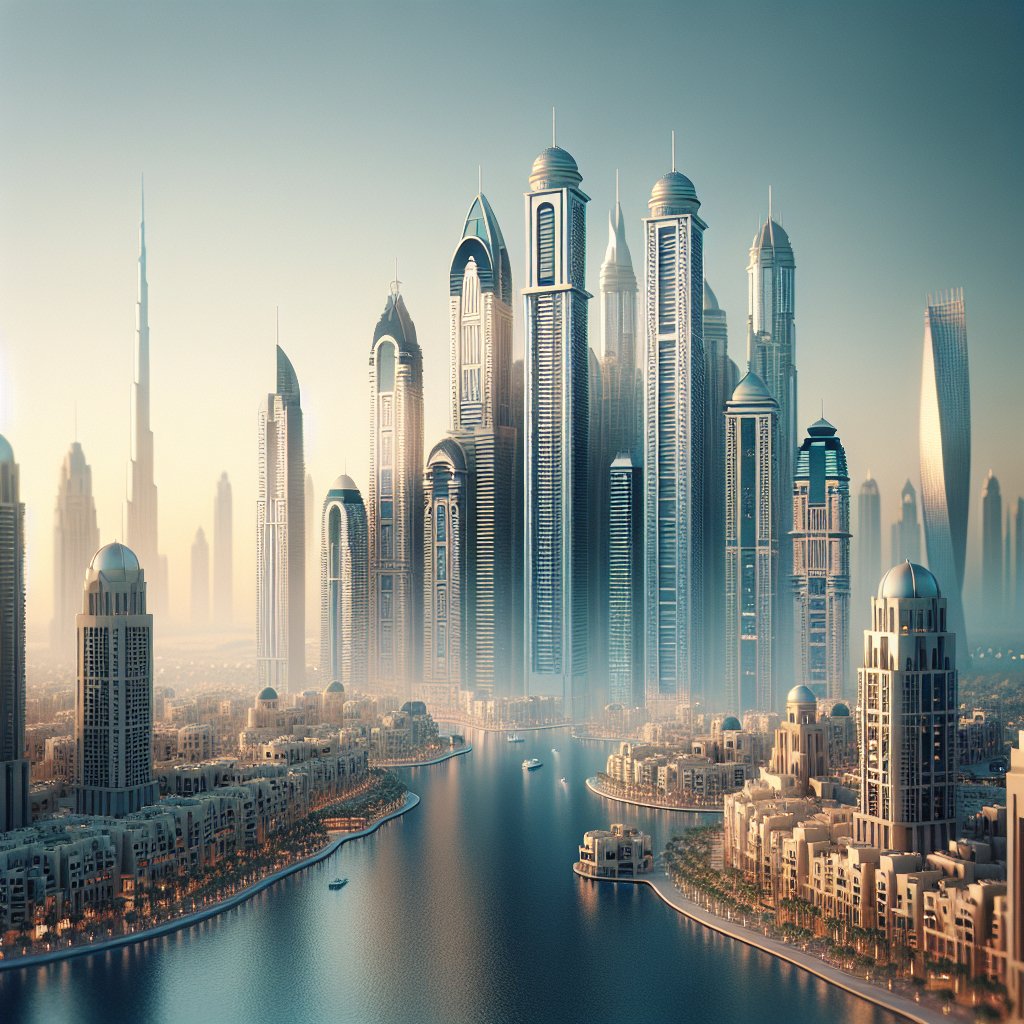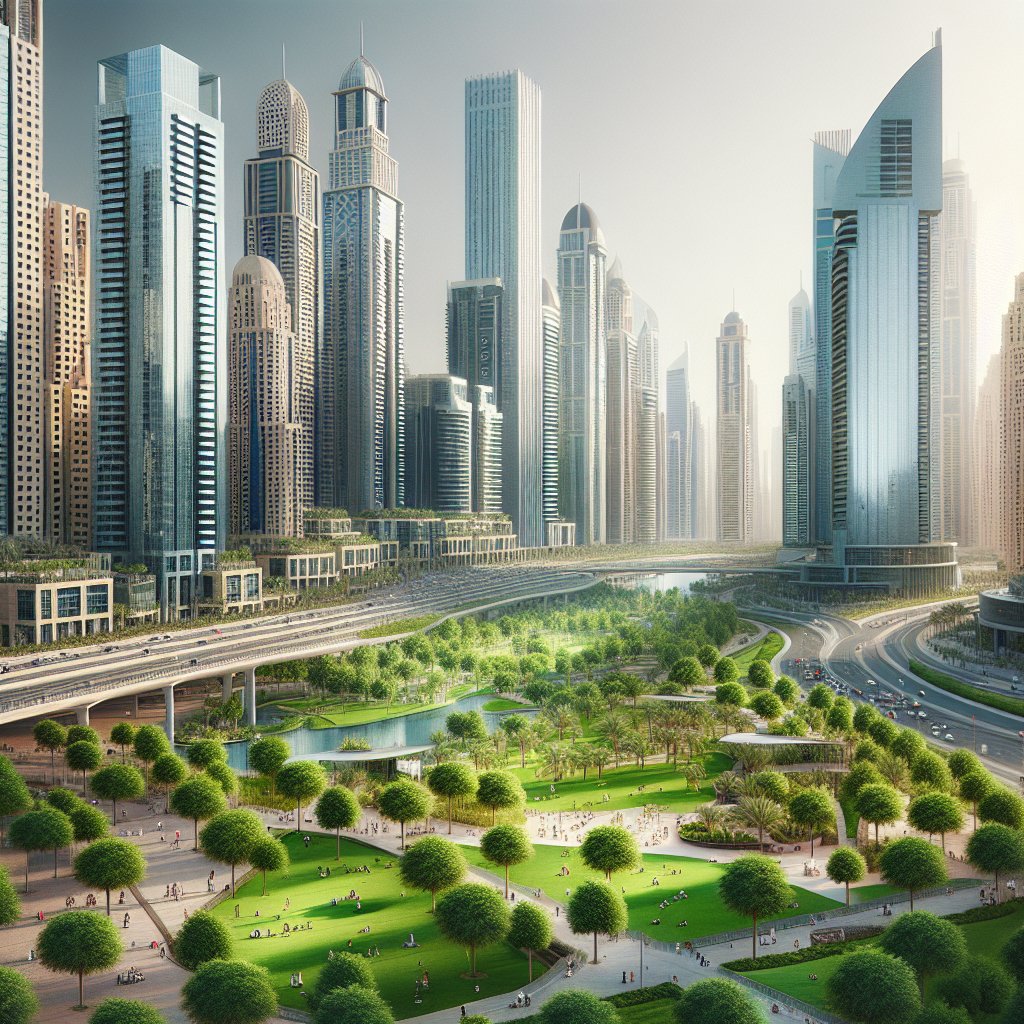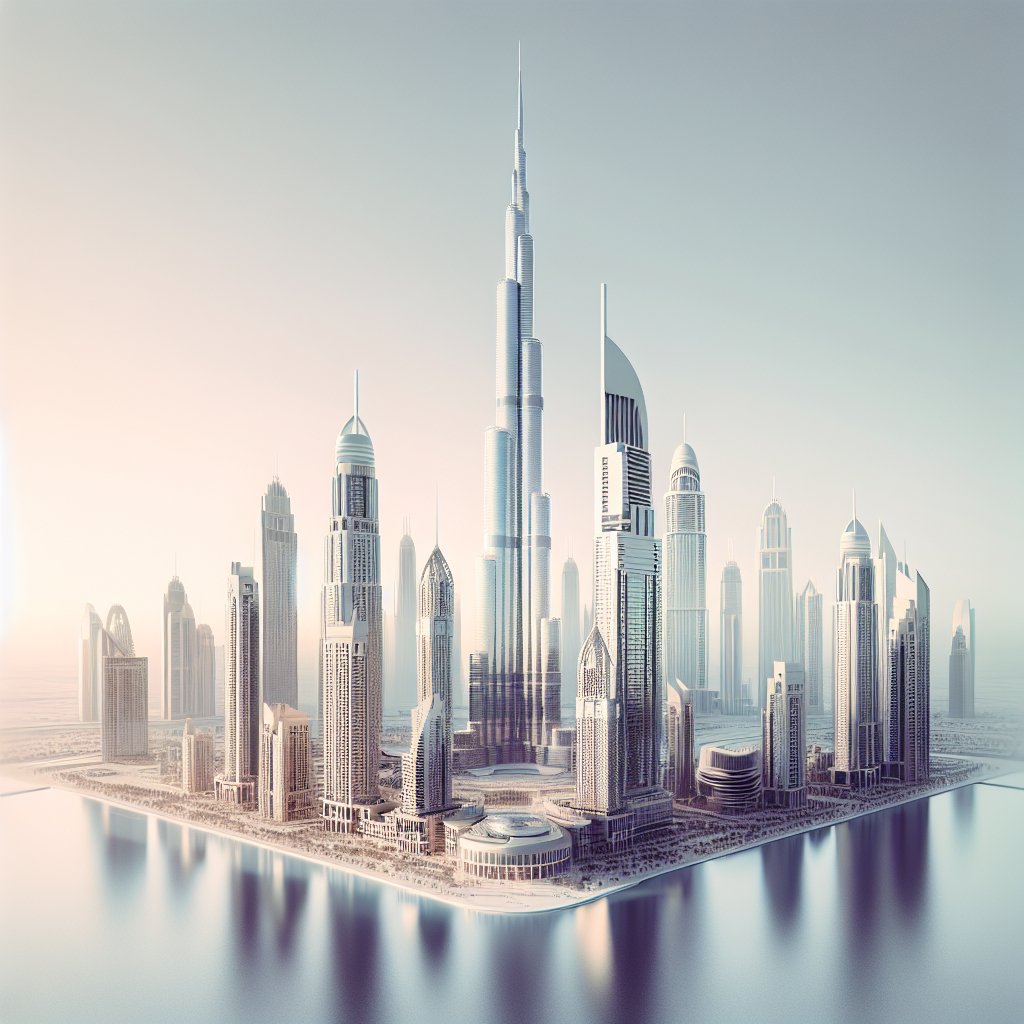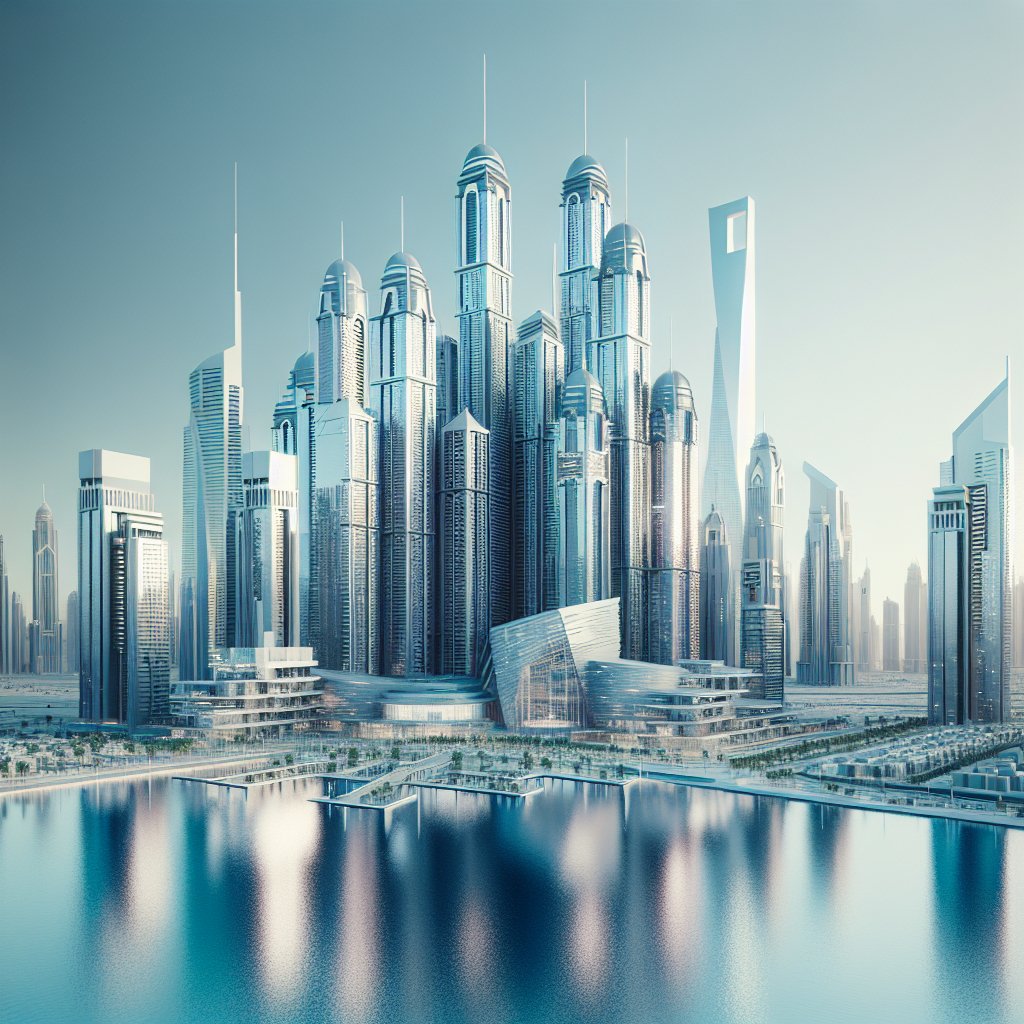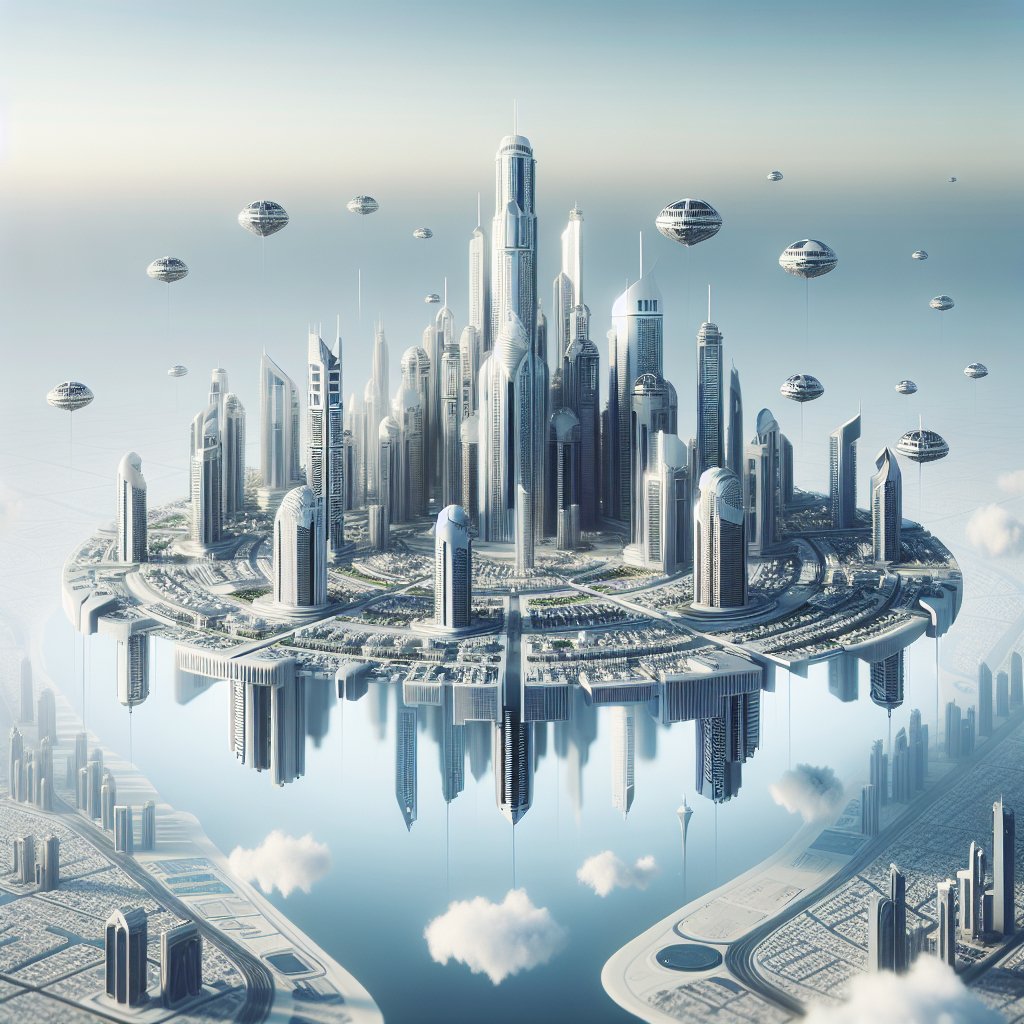Dubai, a city renowned for its futuristic skyline and architectural marvels, has become a beacon for global tourism. The city’s unique blend of traditional and modern architecture not only defines its skyline but also plays a pivotal role in attracting millions of tourists each year. This article delves into how Dubai’s architectural innovations have influenced global tourism trends and contributed to the city’s status as a top travel destination.
The Architectural Wonders of Dubai
Dubai’s architectural landscape is a testament to human ingenuity and ambition. The city is home to some of the most iconic structures in the world, each contributing to its allure as a tourist hotspot. Among these, the Burj Khalifa stands as the tallest building in the world, offering breathtaking views of the city and beyond. Its design, inspired by the Hymenocallis flower, is a marvel of modern engineering and a symbol of Dubai’s aspirations.
Another architectural gem is the Burj Al Arab, often referred to as the world’s only seven-star hotel. Its sail-shaped silhouette has become synonymous with luxury and opulence, attracting affluent travelers from around the globe. The hotel’s unique design and unparalleled service have set new standards in the hospitality industry, further cementing Dubai’s reputation as a luxury destination.
The Palm Jumeirah, an artificial archipelago, is yet another example of Dubai’s architectural prowess. Shaped like a palm tree, it is visible from space and hosts a plethora of luxury hotels, resorts, and residences. This man-made wonder has not only expanded Dubai’s coastline but also provided a unique living and leisure experience, drawing tourists and investors alike.
Influence on Global Tourism Trends
Dubai’s architectural innovations have had a profound impact on global tourism trends. The city’s ability to blend traditional Arabian elements with cutting-edge design has set a new benchmark for urban development. This fusion of old and new has created a unique cultural experience that appeals to a diverse range of tourists.
Moreover, Dubai’s commitment to sustainability and eco-friendly architecture is influencing global tourism. The city is home to several green buildings, including the Dubai Sustainable City, which showcases sustainable living practices. This focus on sustainability is attracting environmentally conscious travelers and setting an example for other cities worldwide.
Dubai’s architecture also plays a crucial role in hosting international events and exhibitions. The Dubai World Trade Centre and the upcoming Expo 2020 site are prime examples of how architectural design can facilitate large-scale events, drawing visitors from across the globe. These events not only boost tourism but also position Dubai as a hub for business and innovation.
The Future of Dubai’s Architectural Influence
As Dubai continues to evolve, its architectural landscape is set to influence global tourism even further. The city has several ambitious projects in the pipeline, including the Museum of the Future and the Dubai Creek Tower, which promise to push the boundaries of design and engineering.
The Museum of the Future, with its torus-shaped structure and innovative exhibits, aims to explore the possibilities of tomorrow. It is expected to become a major attraction, drawing tourists interested in technology and innovation. Similarly, the Dubai Creek Tower, poised to surpass the Burj Khalifa in height, will redefine the city’s skyline and attract visitors eager to witness the next architectural marvel.
In conclusion, Dubai’s architecture is more than just a collection of buildings; it is a driving force behind the city’s tourism industry. By continually pushing the boundaries of design and innovation, Dubai not only attracts millions of tourists but also sets trends that influence global tourism. As the city looks to the future, its architectural wonders will undoubtedly continue to captivate and inspire the world.
